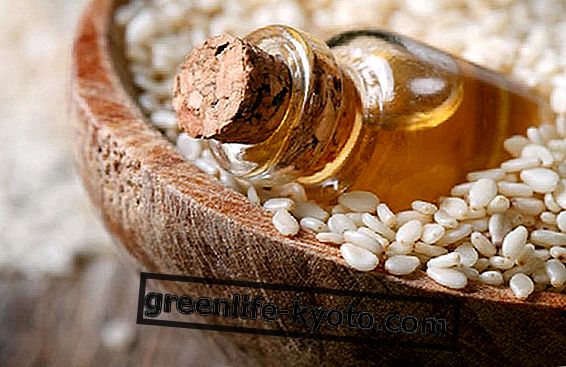
Whoever has several "springs" to his credit will remember the bitter " against the wear and tear of modern life ", whose name derives from the Latin name of the artichoke plant.
In addition to making salads, "carciofi alla giudea" and bitters, the artichoke has excellent health properties, long known and exploited, so as to create a real therapy: here is cynarotherapy .
Cynarotherapy: what it is
There are different versions of the use of artichoke as a therapy . Since ancient times the artichoke was known for its beneficial effects, but it is towards the end of the 1800s that the beneficial results of the use of artichoke juice are reported and scientifically recorded.
The effects are obtained more quickly and are long lasting if the artichoke therapy is combined with a fat-free diet, refined and preserved foods. Go ahead for whole grains, raw vegetables and fresh or dried fruit . And to the artichokes!
Here are the variations:
- With fresh artichoke juice . We recommend 10 ml, even diluted in water, before meals . At least for 15-20 days
- With the "enhanced" juice of artichoke, celery and garlic : blend with water, drink a glass in the morning before breakfast and one at dinner. Strong flavor, but sure benefits ! Prefer them all from organic farming, or before using them, rinse them in water and bicarbonate . Cook the steamed artichokes for a short time (long cooking times are harmful to the artichoke and its beneficial properties)
- With the artichoke herbal tea : a tablespoon of leaves and dried flowers (which your trusted herbalist will prepare you) infused in a cup of water. Drink 2-3 times a day
- With the artichoke mother tincture : 30 drops a day, in a little water, every night for at least 30 days.
Try the recipes with artichokes
Cynarotherapy: what is it for?
And after a hearty meal, you drink a beautiful bitter, of the strong ones. Maybe it's outdated by now, but have you ever thought about the origins of this practice? Bitter herbs, known for centuries, stimulate the functionality of the liver, help to digest fats especially.
The artichoke is among the "kings" of these remedies: it is rich in minerals such as calcium, magnesium and potassium, fiber and vitamins, but above all cynarin, a substance that protects liver cells .
The cynarin plays a role on the biliary system : it stimulates the production of bile ( choleretic function ) and at the same time it stimulates the flow towards the intestine ( cholagogue function ). Because of these properties, cynarotherapy is not recommended for those suffering from gallstones .
The general effect of cynarotherapy is the stimulation of all the detoxifying systems of the body: liver, intestine, kidneys .
In addition to folklore and enjoyable traditions, there are now scientific studies that show how cynarotherapy, an artichoke-based therapy based on juice (or dry extracts / tincture) is beneficial to poor digestion, liver overload and even improve cholesterol levels (shown by the team of scholars at the English University of Reading).
Another effect, perhaps less known, of cynarotherapy, is to facilitate, thanks to inulin - a fiber contained in abundance in the artichoke - the action of insulin, keeping blood glucose levels low . This is very positive, except for the cases of diabetics treated with insulin, which could undergo hypoglycemic crises.
Contraindications and warnings of cynarotherapy
Without prejudice to personal sensitivity and taste, artichokes are generally well tolerated, except in some physiological or pathological situations, for which use is not recommended:
- Anyone who suffers from diabetes, kidney disease or biliary tract problems should first ask their doctor.
- They are not recommended for those suffering from allergies to the Asteraceae family .
- During lactation, only one attention: they can alter the taste of the milk .













